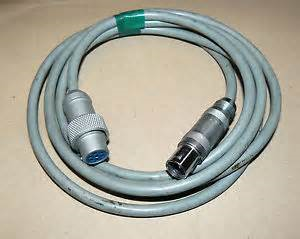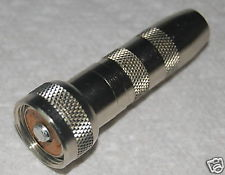This is a spin-off thread from:
http://recording.org/threads/value-of-vintage-microphones.59160/
I thought it might be useful to discuss the various types of connectors used on microphones before XLR became the standard.
In the link above, Aaron mentions in his post that one of the Beyer mics he has for sale has a "SOGIE" connector.
"Sogie" ( I don't know if this is an acronym, or the actual name of the company that fabricated them) is a multi-pin connector, established in the 1950's, most generally found on older mics, ( Schoeps, Beyer, Neumann,) before XLR became the accepted standard. Sogie-connected mics were most popular with ORTF
( Radio France).
Sogie:
Another popular pre-XLR connector was the Tuchel, which was the connector on the original U87's:
Some of us here are old enough to remember certain Shure and Electro-Voice mics that used coaxial connectors.
FWIW, there's nothing at all bad about using any of these connectors, (possible exceptions being the coaxial above, which is a Hi Z / unbalanced connector)...and other than the hassle of adapting them to modern balanced XLR inputs.
Some mic collectors are actually very fond of these older connectors; although I'm not sure that this is due as much to a specific "sound", as much as it is to a sentimental fondness.
I remember doing a few sessions, back in the late 70's, (Gawd... I just realized that I'm showing my age again. I really need to stop doin' that) and working with two older U87's that had the original Tuchel connectors.
The mics sounded exactly as you would expect an old 87 to sound; nice, smooth, silky, a little darker than the more modern versions, but I don't really think that had anything to do with the connector.
Newer "AI" series Neumann mics seem to be inherently brighter sounding than the older models do, but I don't think that's related to the fact that the newer mics are XLR... I think it's because they have a higher output than the older models do (both Tuchel and XLR versions), along with an improved SNR, and more available headroom because of the improved pad on the "newer" versions.
Anyhoo...
As always, any thoughts, corrections, etc., are always welcome.




Don't forget the 4-pin Amphenol connectors. There was the small
Don't forget the 4-pin Amphenol connectors. There was the small square one with the key and the larger square-ish one, both designed to offer low- and high-impedance options from one mic. One pin was ground, one was high-Z and the other two were low-Z hot/cold.
Attached files